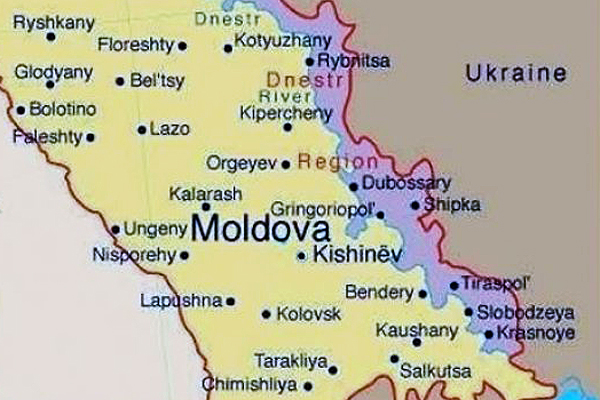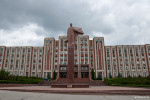
The assets of the banking system from the right bank of the Nistru River are almost nine times higher than the assets of the banks from the Transnistrian region. The two banking systems are disproportional both as regards the size and the structure. Such a conclusion was reached by Ion Tornea, author of the study “Prospects of the country’s reunification by bringing closer the banking sectors of the Republic of Moldova and the Transnistrian region,” published by the Institute for Development and Social Initiative “Viitorul”, IPN reports.
“After a long period of negotiations and attempts to find solutions to the Transnistrian dispute, it becomes more and more evident that the economic interaction between the sides can represent the best precondition for identifying a political solution. In this connection, the establishment of closer relations between the two banking sectors can be one of the most productive solutions,” said the expert when presenting the study.
Ion Tornea stated that the Transnistrian banking system is a closed one, subordinated to the political class, which allows lending to the public administration. But this is banned by the Moldovan legislation. The information about shareholders is absent. Moreover, the framework regulating the banking system of Transnistria was ‘borrowed’ from Russia.
Ion Tornea formulated a series of recommendations for creating interaction mechanisms that would include representatives of the business community and civil society. He underlined the necessity of increasing the transparency of negotiations on economic subjects.


